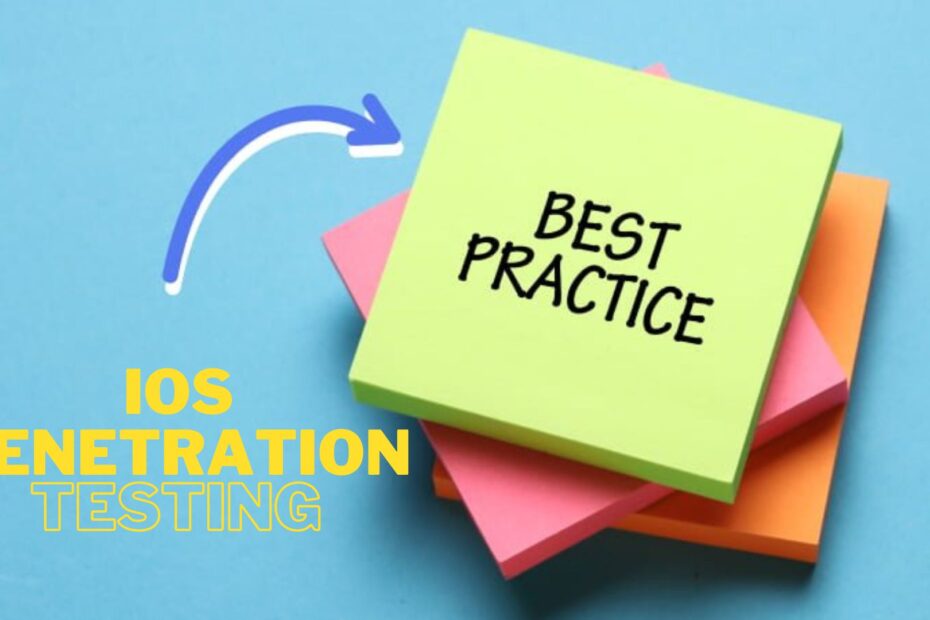
Secure Coding Practices:
- To avoid injection attacks and cross-site scripting (XSS) vulnerabilities, validate and sanitise all user input.
- To stop SQL injection attacks, use prepared statements or parameterized queries.
- Use output encoding strategies to guard against XSS vulnerabilities.
- Avoid employing vulnerable APIs or routines that can result in memory corruption or buffer overflows.
Encryption and Data Protection:
- Use Apple’s CommonCrypto framework’s powerful encryption techniques to protect sensitive data.
- Use Keychain Services to safely store encryption keys and prevent unauthorised access.
- Use secure data storage techniques, such as file-level encryption or encrypted databases, to safeguard data while it is at rest.
- Use HTTPS and the TLS/SSL protocols to implement secure network connection. • Enforce certificate pinning to ensure secure data transmission.
Authentication and Authorization:
- Use strong password restrictions and other secure authentication techniques to block unauthorised access.
- For third-party authentication, use secure authentication protocols like OAuth or OpenID Connect.
- Use adequate authorization controls to guarantee that authorised users have the required access privileges to a range of resources or features.
Secure Session Management:
- To reduce the danger of session hijacking or fixation, use secure session tokens with high entropy and impose session timeouts.
- Include procedures for session token regeneration upon user authentication, privilege adjustments, other delicate operations.
- Use secure session storage and the “Secure” and “HttpOnly” properties to provide secure cookie management.
Network Security:
- Securely configure network services and APIs to stop data exposure or unauthorised access.
- Use secure communication protocols (TLS/SSL) instead of unsafe or out-of-date ones (such as SSLv3 or outdated cypher suites).
- Set up secure configurations and appropriate access controls for databases, backend APIs, and other network resources.
Secure Third-Party Libraries:
- To fix known vulnerabilities, third-party libraries should be updated and patched often.
- Before incorporating third-party libraries into the application, confirm their standing and security history.
- Keep an eye out for security updates and advisories from the library suppliers, and swiftly apply patches.
Jailbreak Detection and Anti-Tampering Measures:
- Use techniques to detect jailbreaks to track down compromised devices and impose extra security controls or limitations.
- Use runtime integrity checks to look for alterations to the application’s resources or code.
- Make it more difficult for potential attackers to reverse engineer and analyse the code by hiding key components.
Secure Code Reviews and Testing:
- Review your code frequently to find security holes, vulnerabilities, and unsafe coding techniques.
- During the development process, use automated static code analysis techniques to find any security flaws.
- Conduct frequent security testing, such as vulnerability assessments and penetration tests, to find and fix security flaws.
Regular Updates and Patch Management:
- Keep up with the most recent security updates and fixes that Apple releases for the iOS operating system and any third-party libraries that are used in the application.
- Create a procedure for instantly installing security updates and patches to guarantee the programme is always shielded against recognised flaws.
User Education and Privacy:
- Educate users of security standards, such as the need for strong passwords, the availability of two-factor authentication, and the need to be on the lookout for phishing scams.
- Implement privacy controls and adhere to data protection laws to safeguard user information and guarantee openness in data handling procedures.
- Clearly define privacy policies and secure informed consent from users before collecting and processing their personal data.

References:
https://quickbirdstudios.com/blog/ios-app-security-best-practices/
For further clarifications or support, please write to contact@paradigmitcyber.com
